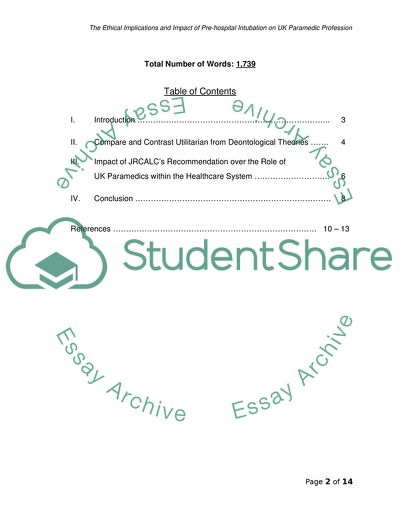Cite this document
(The Ethical Implications and Impact of Pre-hospital Intubation on Literature review, n.d.)
The Ethical Implications and Impact of Pre-hospital Intubation on Literature review. https://studentshare.org/health-sciences-medicine/1719480-pre-hospital-intubation
The Ethical Implications and Impact of Pre-hospital Intubation on Literature review. https://studentshare.org/health-sciences-medicine/1719480-pre-hospital-intubation
(The Ethical Implications and Impact of Pre-Hospital Intubation on Literature Review)
The Ethical Implications and Impact of Pre-Hospital Intubation on Literature Review. https://studentshare.org/health-sciences-medicine/1719480-pre-hospital-intubation.
The Ethical Implications and Impact of Pre-Hospital Intubation on Literature Review. https://studentshare.org/health-sciences-medicine/1719480-pre-hospital-intubation.
“The Ethical Implications and Impact of Pre-Hospital Intubation on Literature Review”. https://studentshare.org/health-sciences-medicine/1719480-pre-hospital-intubation.


